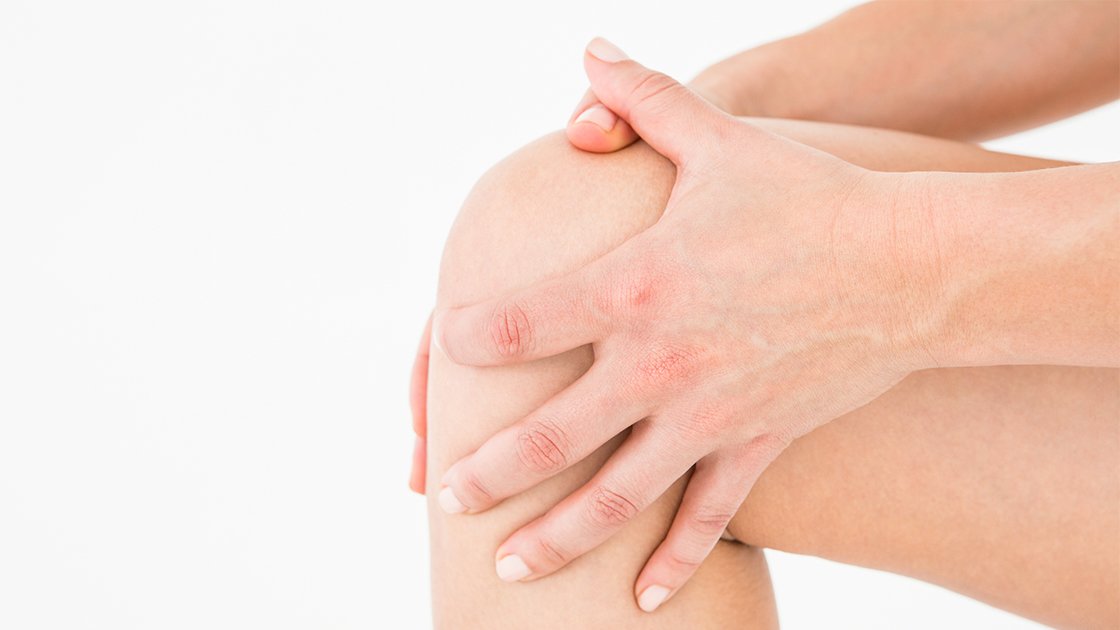Bursitis, characterized by the inflammation of fluid-filled sacs cushioning joints, frequently contributes to persistent discomfort. This prevalent ailment tends to afflict specific regions susceptible to repetitive motion or undue pressure. Nonetheless, the landscape is evolving for individuals contending with bursitis, thanks to the revolutionary treatment known as shockwave therapy. Within this blog post, we will delve into the common sites and causes of bursitis, illuminating the advantages of employing shockwave therapy as a means to unlock comfort and mitigate the challenges associated with this condition.
Common Sites and Causes of Bursitis
a. Shoulder Bursitis (Subacromial Bursitis):
One prevalent site for bursitis is the shoulder, particularly the subacromial bursa. Overhead activities, such as lifting or reaching, can lead to irritation and inflammation of this bursa, resulting in shoulder bursitis.
b. Elbow Bursitis (Olecranon Bursitis):
The olecranon bursa, located at the back of the elbow, is susceptible to inflammation due to repetitive pressure or trauma. Leaning on the elbows for extended periods or engaging in activities that involve repetitive elbow movement can contribute to elbow bursitis.
c. Hip Bursitis (Trochanteric Bursitis):
Trochanteric bursitis involves inflammation of the bursae on the outer part of the hip. This condition is often associated with activities that involve prolonged standing, walking, or running, leading to friction and irritation in the hip region.
d. Knee Bursitis (Prepatellar Bursitis):
Prepatellar bursitis, located in front of the kneecap, can result from excessive kneeling or trauma to the knee. Occupations or activities that involve frequent kneeling, such as roofing or gardening, can contribute to knee bursitis.
Using Shockwave Therapy for Bursitis
a. Introduction to Shockwave Therapy:
Shockwave therapy, also known as Extracorporeal Shock Wave Therapy (ESWT), stands out as a non-invasive treatment method employing acoustic waves to stimulate healing within the body. This pioneering approach is garnering increased recognition for its effectiveness in tackling the underlying causes of bursitis.
b. Targeted Pain Relief:
Shockwave therapy precisely targets the inflamed bursa, delivering focused energy pulses to the affected area. This targeted approach promotes pain relief by reducing inflammation, minimizing discomfort, and improving overall joint function.
c. Stimulating Tissue Regeneration:
One of the key benefits of shockwave therapy is its ability to stimulate tissue regeneration. By enhancing blood flow and promoting the release of growth factors, the therapy accelerates the healing process, aiding in the restoration of damaged bursa tissues.
d. Non-Invasive Nature and Quick Recovery:
Shockwave therapy is a non-invasive treatment option, eliminating the need for surgical interventions. This ensures minimal downtime for individuals undergoing the therapy, allowing them to resume their daily activities without the extended recovery periods associated with invasive procedures.
e. Reducing the Need for Medications:
Shockwave therapy offers a drug-free alternative for managing bursitis. By addressing the underlying causes and promoting natural healing processes, the therapy reduces the reliance on pain medications, providing a holistic and sustainable approach to comfort.
Conclusion
Bursitis, characterized by its specific sites and causes, has the potential to disrupt daily activities and compromise overall well-being. Introducing shockwave therapy as a groundbreaking solution heralds newfound comfort for individuals contending with the challenges posed by bursitis.
For those contemplating shockwave therapy as a remedy for bursitis, seeking counsel from qualified healthcare professionals is imperative. These experts can meticulously evaluate the unique characteristics of the condition, customize treatment plans, and provide guidance on the anticipated experience during and after shockwave therapy sessions. Embracing the comfort unleashed through shockwave therapy becomes the catalyst for regaining a future marked by freedom from pain and restored mobility, especially for those navigating the intricate landscape of bursitis.
